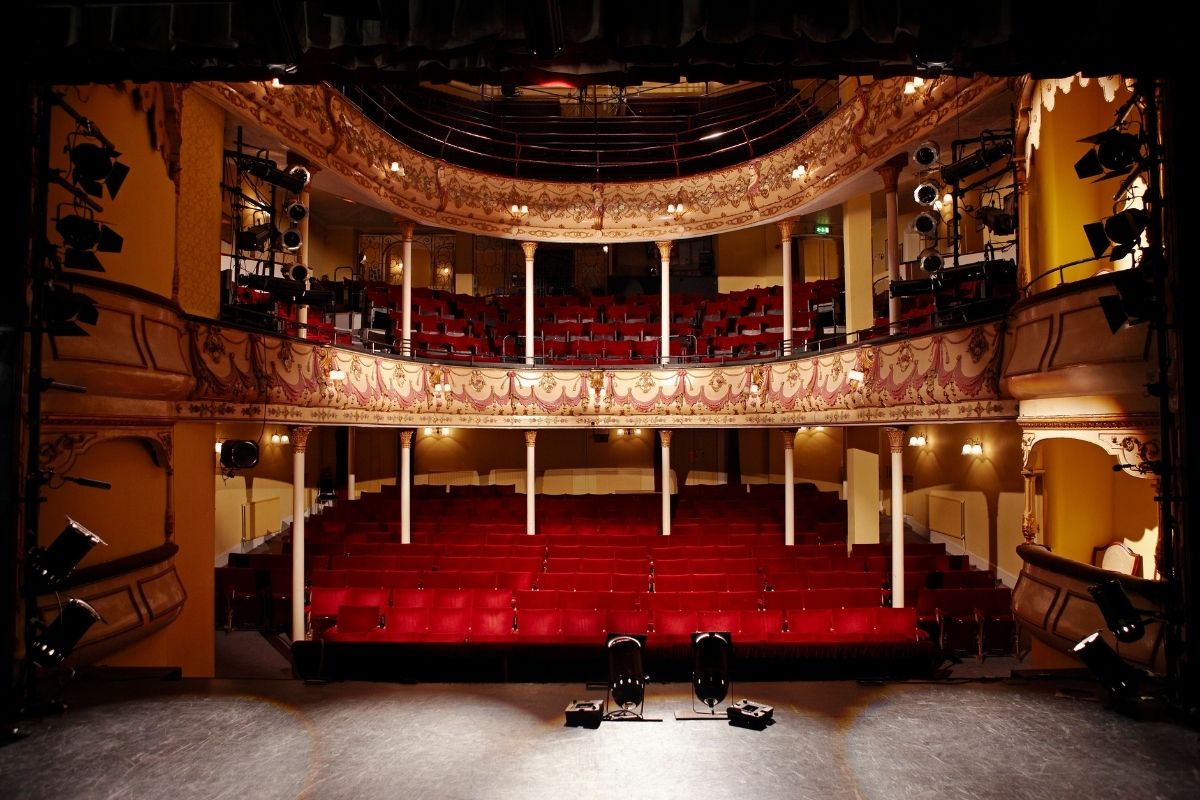Performing Arts Education on the Meaning of Broadway
What do we mean when we say the word “Broadway?” First of all, we mean that Broadway is a certain way of telling stories and understanding how to tell stories with music. Broadway doesn’t have to be a book musical necessarily. It’s this other kind of thing altogether, and there’s a vitality, a connection, and an energy from within that will never die.
There’s something about shows-topping numbers, there’s something about the spectacle, and there’s something about the flash of Broadway. Combined, we begin to see this hybrid thing that allows for other things to happen. Often, new or unexpected things. When we think about shows like “Oklahoma,” we can recognize these traits.
Performing Arts Done By Musicians
“Tommy” was a musical by The Who. The band wanted to tell a story, but they were also rock musicians, so they combined the two for one ultimate experience. There are other music-heavy shows like this, too. Stew and Heidi did a show called “Passing Strange,” and then there’s the famous show “Hair.” There is a story happening in all of these shows, but you are experiencing them in different ways — often in a way that is closer to a concert.
British Invasion
Americans started to have a greater appreciation for some of the British Broadway shows, including “Phantom of the Opera,” written and produced by Andrew Lloyd Webber. Another favorite was “Miss Saigon,” produced by Cameron Mackintosh. Mackintosh was making large shows that revolved around the spectacle of the theater. His performances were all about singing, dancing, and movement. Of course, they were also about the story, but the spectacle was equally as important.
Music Is Key
There’s both a connection and a separation between the music that folks are listening to on the street and the music in a Broadway musical that takes years to develop. Music is popular because people are listening to it right now, and it’s providing them with something at that moment. When people hear music from Broadway shows like “Tommy” outside of the theater, they question it. “What’s that sound? Where is it coming from? I’m not in the theater right now. I want to see the stories that are told with this sound.”
Because of this, you see many people trying to understand the global power of music. Lin-Manuel Miranda was able to pull all of that together in a way. He has this encyclopedic understanding of the hip-hop and rap phenomenon, and he also has a deep knowledge of the history of American musical theater.
Lin-Manual Miranda put his knowledge of music and history together in a wildly successful story about the founding figures of the United States and the American Revolution. The twist was that the cast was primarily made of people of color. This show was popping because it showed multiple forms and multiple ways to use them. Broadway can hold all kinds of stuff.


